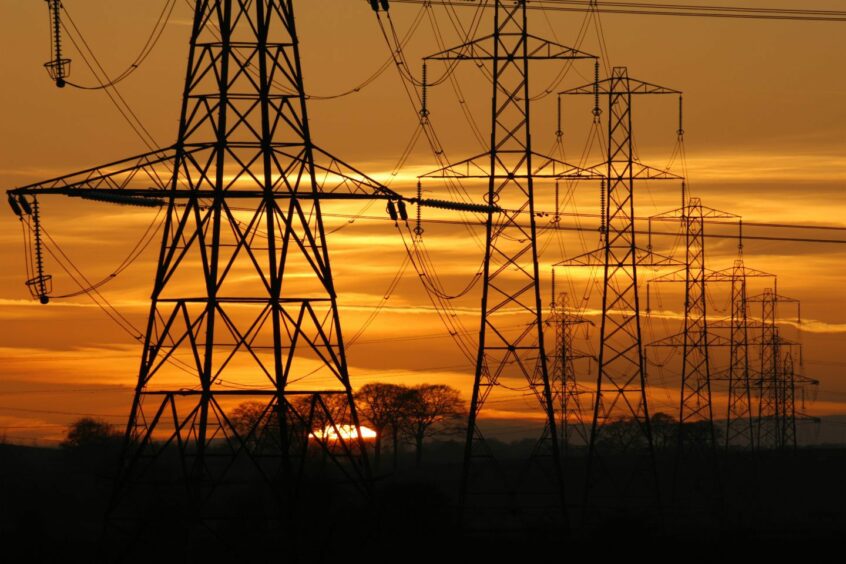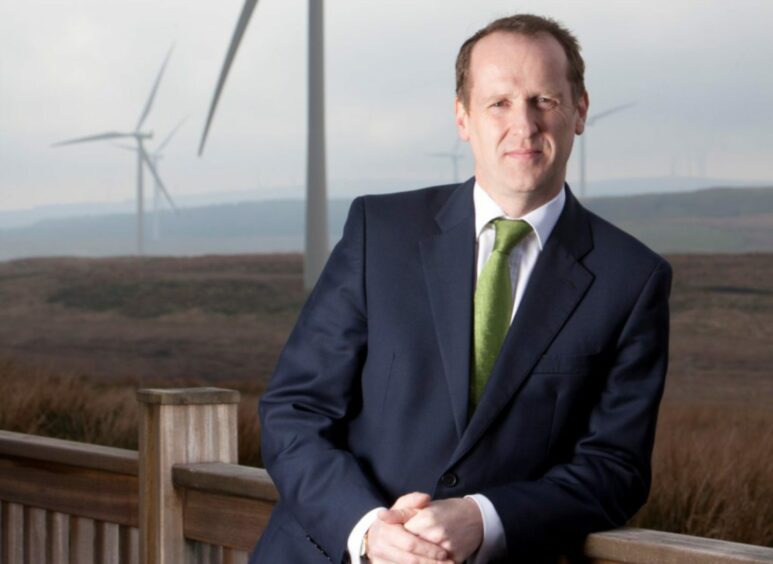
Government has accepted ‘all’ advice from a recent report aiming to halve the time taken to build new transmission, while boosting efforts to connect new energy projects.
Government has published its response to a report prepared by Electricity Networks Commissioner Nick Winser, confirming it will accept his recommendations “in all areas.”
Submitted earlier this year, the commissioner’s report found that the time taken to build transmission lines could be halved from 14 years to seven, and highlighted methods to unstick inordinate delays in infrastructure needed to address pressure on the grid.
In addition, the launch of a Connections Action Plan – published jointly with Ofgem – is set to cut the average delay time new projects face to connect to the grid from five years to just six months.
This also see the end of the existing ‘first-come, first-served’ system, which had led to a long queue of projects to connect to the grid – in doing so releasing over 100GW of capacity. Meanwhile, a triage service is to be established to support accelerated connections for strategically-important demand customers, such as new industrial developments.
It follows Ofgem’s recent decision to give the Electricity System Operator new powers to terminate connection agreements for stalled projects holding others up in the transmission queue.
Also in the works is a so-called ‘Strategic Spatial Energy Plan’, which will enable better decision-making on the location of energy system infrastructure and alignment of the ESO, Future System Operator (once established), and Ofgem.
Benefits for communities are also to be prioritised, with areas hosting new power infrastructure to be given money for projects in their local areas. Properties closest to new transmission infrastructure will potentially receive up to £1,000 a year off electricity bills over 10 years. Further guidance on these new provisions will be unveiled next year.
Biggest push since 1950s
Energy Security Secretary Claire Coutinho said: “We have set out the most radical plans to update the grid since the 1950s – speeding up connections and rapidly increasing capacity.
“As we move away from unreliable imports to cheaper, home-grown energy, we’re boosting the grid so that it can meet our expanding electricity needs which are expected to have doubled by 2050. This will drive down bills while bringing forward £90 billion of investment over the next decade.
“We’ll also reward those living closest to new infrastructure with up to £1000 a year off their energy bills, while communities will get at least £200,000 to spend on local projects that matter the most to them.”
It follows a pledge unveiled last week to commit £960m to the Green Industries Growth Accelerator, aimed at spurring advanced manufacturing capacity in key net zero sectors including offshore wind, networks, carbon capture usage and storage (CCUS), hydrogen and nuclear.
Further Autumn Statement commitments unveiled on Wednesday will also see new generation projects exempted from windfall levies.
All told, the government says the package of measures is expected to bring forward £90 billion of investment over the next 10 years.
National Grid chief executive John Pettigrew said: “A spatial energy plan and accelerated planning consent will bring clarity, authority and urgency to what needs to be built and where, while new community benefit proposals will ensure local people remain at the heart of the energy transition.
“The Connections Action Plan will deliver fundamental reforms needed to enable us to plug clean energy projects in faster, and build on the progress already being made.
“The intent is clear and welcome; now these plans must be implemented at pace to capture the economic opportunity of the energy transition and keep Britain on target to achieve its climate goals.”
National Grid ESO executive director, Fintan Slye added: “These reforms both acknowledge the scale of energy production and network infrastructure required for future generations whilst ensuring communities hosting the infrastructure receive appropriate compensation.
“We look forward to continuing to work in lockstep with both Government, Ofgem and industry to drive these changes through, ensuring businesses can connect into the network when they are ready and that network is built in the right time, at the right place, with minimised impact on communities and the environment to facilitate these connections.”
‘Relentless focus’ needed
The measures were welcomed by clean energy and electricity networks advocates, including by RenewableUK boss Dan McGrail who lauded the extension of capital allowances by the Chancellor.
“We also welcome the Government’s commitments to reform the planning system by offering local authorities financial incentives to make decisions faster, as well as their ambition to cut grid connection delays from several years to six months,” he said.
“We look forward to further key announcements such as the publication in March of more details on next year’s CfD auction which we hope will secure a record annual amount of new clean energy capacity.”
ScottishPower chief executive Keith Anderson said the package of works was “a much-needed boost” to getting the UK back on track with regards to infrastructure building.
“A relentless focus on people, planning and the UK pipeline is key to unlocking the massive economic growth of these investments. We welcome the Government’s plans to support communities who host this vital national infrastructure and raise awareness of the positive long-term impact on society,” he added.
Energy Networks Association head Lawrence Slade noted that efforts by Ofgem and ESO had already helped to make nearly 50GW of capacity available in 2023.
“That’s almost the equivalent of the UK’s peak electricity demand. The steps announced today will help increase that even further over the coming months and years.
“We look forward to working with the Secretary of State and Minister for Nuclear and Networks to enable net zero, unlock grid capacity and boost UK investment.”
Recommended for you

 © Chris James
© Chris James